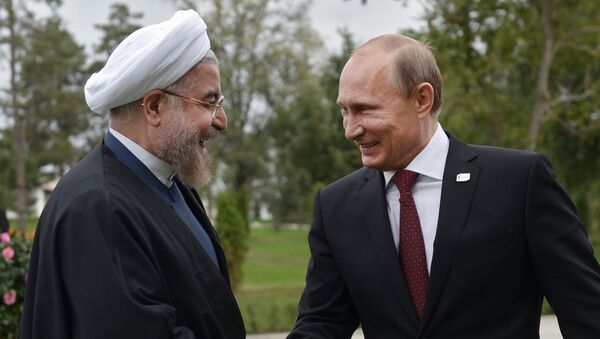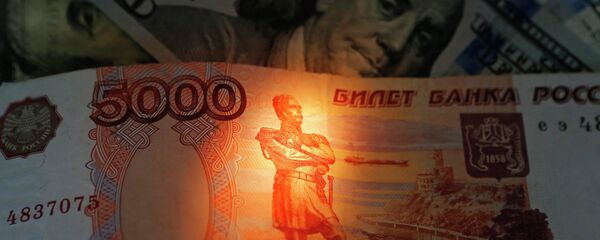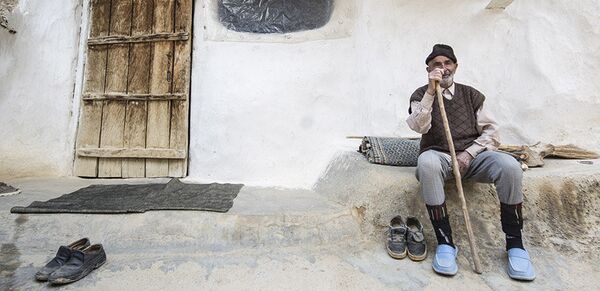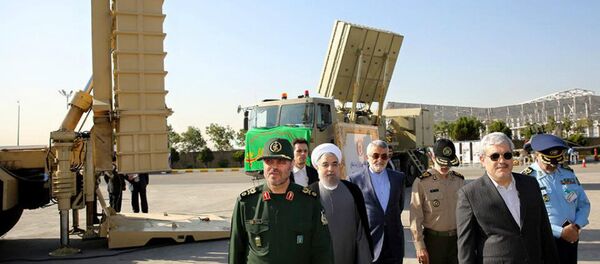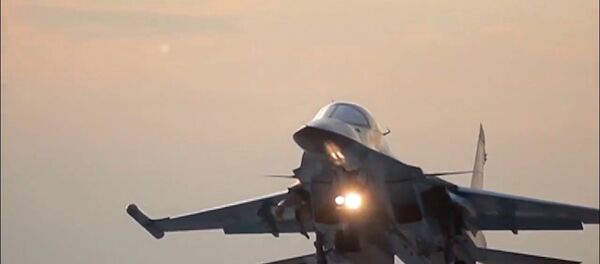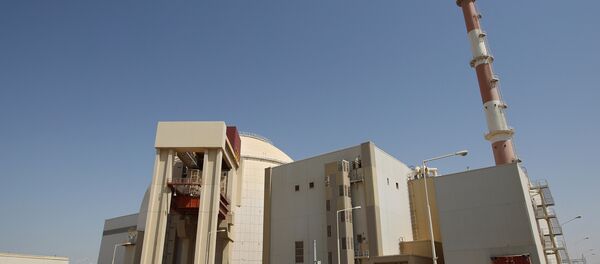MOSCOW (Sputnik) — Diplomatic contacts between Russia and Persia date back to the 16th century. On May 20, 1920, the governments of the Russian Soviet Federative Socialist Republic and Persia exchanged notes on mutual recognition. On December 25, 1991, Iran voiced its readiness to continue relations with Russia as the legal successor to the Soviet Union.
Russian-Iranian political dialogue is based on corresponding or similar positions of both countries regarding majority of issues on the global and regional agendas, including the creation of a multipolar world order, strengthening the role of the United Nations in international affairs, countering new challenges and threats, the Syrian and Iraqi peace settlements, and the situation in Afghanistan.
Russia proceeds from the assumption that cooperation with Iran is an important condition for guaranteeing its national interests and strengthening stability in the South Caucasus, Central Asia and the Middle East.
Russia and Iran maintain permanent top-level and high-level contacts.
On January 28, 2015, Putin received Ali Akbar Velayati, the adviser to Iran's Supreme Leader, who delivered a message from Rouhani to the Russian president. Both parties discussed a number of issues of bilateral relations and on the regional and international agendas.
On July 9, 2015, Putin and Rouhani met on the sidelines of the BRICS Summit in the Russian city of Ufa.
On September 28, 2015, Putin and Rouhani met on the sidelines of the UN General Assembly session.
On November 23, 2015, the Russian president paid a brief working visit to Iran and attended the third meeting of heads of state and government of member states of the Gas Exporting Countries Forum.
Putin met with Sayyid Ali Hosseini Khamenei, the Supreme Leader of Iran. During their meeting, the parties focused on regional crises, primarily the crisis in Syria.
While in Tehran, Vladimir Putin also held talks with Rouhani. After the talks, a package of documents stipulating cooperation in various areas was signed in the presence of both leaders.
On August 8, 2016, Putin visited Baku at the invitation of Azerbaijani President Ilham Aliyev and attended the first trilateral meeting of Azerbaijani, Iranian and Russian leaders.
While in Baku, the Russian president held talks with Rouhani. Both leaders discussed bilateral relations and cooperation on Syria.
Russian and Iranian foreign ministers hold telephone conversations and regular meetings during UN General Assembly sessions and on the sidelines of other international events. Regular consultations are held between Moscow and Tehran at the level of deputy foreign ministers, who discuss issues on the bilateral agenda as well as key issues in the Middle East and North Africa.
The countries maintain inter-parliamentary ties and have established contacts between their respective ministries and departments.
Russia made a weighty contribution to resolving the situation around the Iranian nuclear program.
Contracts worth about $40 billion were drafted during numerous visits by representatives of various ministries and departments.
They encompass a wide range of subjects, including manufacturing, the aerospace sector, the heavy and light automotive industry, aircraft manufacturing, the oil and gas sector, petrochemistry, agriculture and more.
In November 2014, Russia and Iran signed a contract for building the second and third reactors at the Bushehr nuclear power plant (the Bushehr-2 project) on a turnkey basis. The Bushehr-2 project was launched on September 10, 2016. The new reactors will have a total capacity of 2,100 megawatts.
The second and third reactors are to be completed in 2024 and 2026, respectively. On March 15, 2017, media reported that construction and assembly operations had commenced at the future Bushehr-2 nuclear power plant.
According to the Russian Federal Customs Service, the bilateral trade turnover reached $2.1843 billion in late 2016, with Russian exports and imports totaling $1.8818 billion and $302.6 million, respectively.
Russia mostly exports cereals, ferrous metals, timber, wood goods, electric machinery and equipment, fats and oils, mineral fuel, paper and cardboard, inorganic chemicals, nuclear reactors, boilers and fertilizers to Iran.
Iran mostly exports fruits, vegetables, nuts, salt, sulfur, stone, lime, processed fruits and vegetables, plastics and related goods and organic chemical compounds to Russia.
In October 2016, media reported that Russia had delivered all S-300s to Iran.
On December 11-13, 2016, Tehran hosted the 13th meeting of the permanent Russian-Iranian Intergovernmental Commission on Trade and Economic Cooperation, co-chaired by Russian Energy Minister Alexander Novak and Iranian Minister of Communications and Information Technology Mahmoud Vaezi.
The Russian-Iranian Business Forum was also timed to coincide with the meeting. Moscow and Tehran signed a $2.5 billion agreement on building a thermal electric power station in Bandar Abbas city in southern Iran and on installing power transmission lines along the Garmsar-Inche Borun railway.
Russia and Iran continue to expand their cultural, humanitarian and science and education cooperation. In 1998, Iran's Embassy in Moscow opened its cultural mission here. The mission cooperates with Russian universities and organizes the annual All-Russian Olympiad in the Persian language and literature, provides advanced training to Russian lecturers and students at Iranian universities and Persian language courses in Iran.
In an effort to help Iran train its own specialists, the Russian Education and Science Ministry allocates state stipends for Iranian students enrolling at Russian universities. The Joint Russian-Iranian Commission on Orthodoxy and Islam also continues its work.

